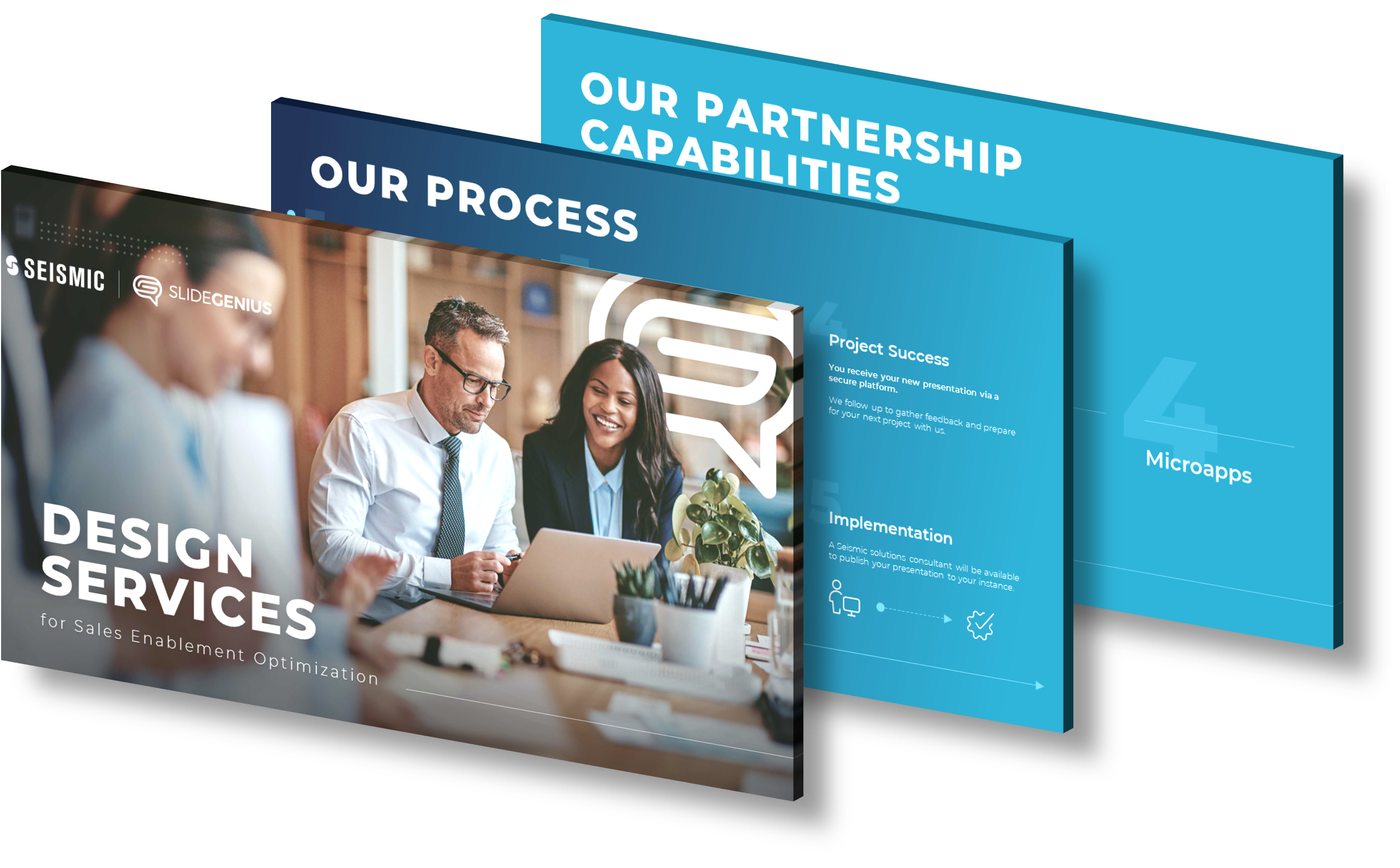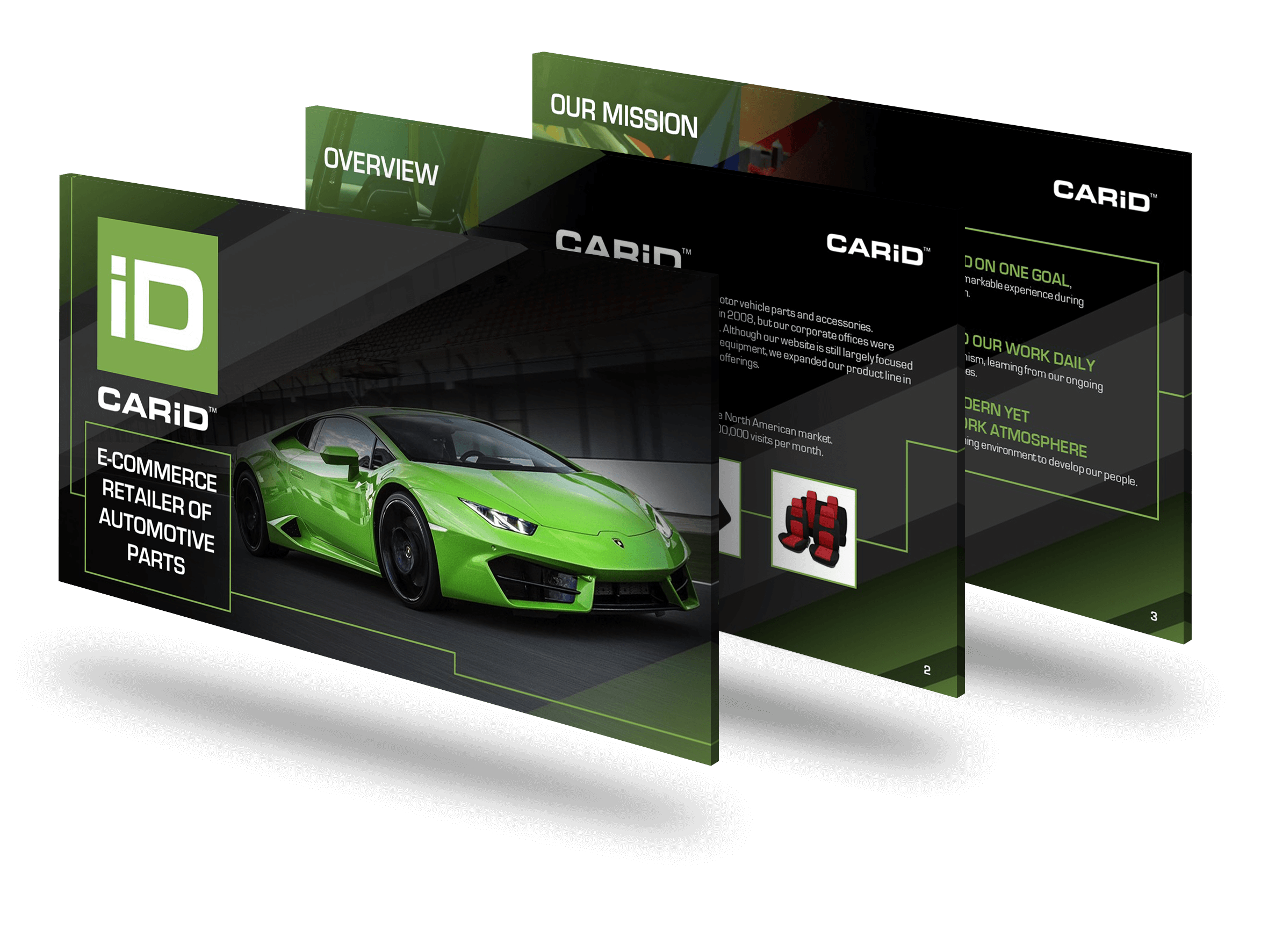What are the essential components of a sales enablement slide deck for an impactful seminar presentation?
Essential Components of a Sales Enablement Slide Deck for an Impactful Seminar Presentation
A well-crafted sales enablement slide deck can significantly enhance your seminar presentation’s impact. Here are the essential components:
1. Engaging Title Slide:
Your title slide should immediately grab your audience’s attention. It should clearly state the topic of your presentation and may include your company logo and presenter’s name for professionalism.
2. Agenda or Overview:
Provide a brief outline of what your presentation will cover. This sets clear expectations and helps your audience follow along with ease.
3. Problem Statement:
Identify and explain the problem that your product or service solves. This helps to establish relevance and engage your audience right from the start.
4. Solution Overview:
Present your product or service as the solution to the problem. Keep this section concise and clear, focusing on the value proposition.
5. Product or Service Details:
Delve into the specifics of your offering. Highlight its unique features, benefits, and how it stands out from other options in the market.
6. Case Studies or Testimonials:
Share success stories or testimonials from your customers. This helps to build trust and credibility with your audience.
7. Pricing and Packages:
Provide clear information about your pricing structure and any packages or deals that you offer. This helps your audience to understand what they will get for their investment.
8. Call to Action:
The last slide should encourage your audience to take the next step, whether that’s scheduling a consultation, making a purchase, or another action that moves them further along the sales funnel.
Remember, consistency in design and maintaining a balance between text and visuals is key for an impactful presentation. At SlideGenius, we can help ensure your slide deck is not only visually stunning but also effective in delivering your message.
View Our Presentation Design Portfolio

What are the key elements to include in a slide deck for a seminar presentation?
When preparing a slide deck for a seminar presentation, it’s essential to focus on several key elements to ensure your message is clear, engaging, and impactful. Here are the critical components to include:
- Title Slide: Start with a strong title slide that includes the seminar title, your name, and any relevant affiliations. This sets the stage and provides context for your audience.
- Agenda: Outline the main points or sections of your presentation. This helps your audience understand the structure and flow of your talk.
- Introduction: Provide a brief introduction that captures attention and introduces the topic. Highlight the importance of the subject and what the audience will gain from your presentation.
- Main Content: Break down your main points into clear, digestible sections. Use bullet points, concise text, and relevant visuals to support your message. Each slide should focus on a single idea to avoid overwhelming your audience.
- Visuals: Incorporate high-quality images, graphs, charts, and infographics to illustrate your points. Visuals can make complex information more accessible and engaging.
- Data and Evidence: Support your arguments with data and evidence. Use charts, graphs, and statistics to back up your claims, but ensure they are easy to read and interpret.
- Examples and Case Studies: Provide real-world examples or case studies to make your content relatable and practical. This helps to illustrate how your points apply in real scenarios.
- Transitions: Use smooth transitions between slides and sections to maintain a logical flow. This helps keep your audience engaged and following along with your narrative.
- Conclusion: Summarize the key takeaways from your presentation. Reinforce the main points and provide a clear, concise conclusion that leaves a lasting impression.
- Call to Action: If applicable, include a call to action. This could be encouraging further research, suggesting practical applications, or inviting questions and discussions.
- Q&A Slide: Prepare a slide to prompt questions from the audience. This shows you are open to engagement and value their input.
- Contact Information: End with a slide that includes your contact information. This allows interested audience members to follow up with you after the seminar.
By focusing on these elements, you can create a slide deck that is not only informative but also engaging and memorable. A well-crafted presentation can significantly enhance the effectiveness of your seminar, ensuring your audience leaves with a clear understanding of your message.
View Our Presentation Portfolio
